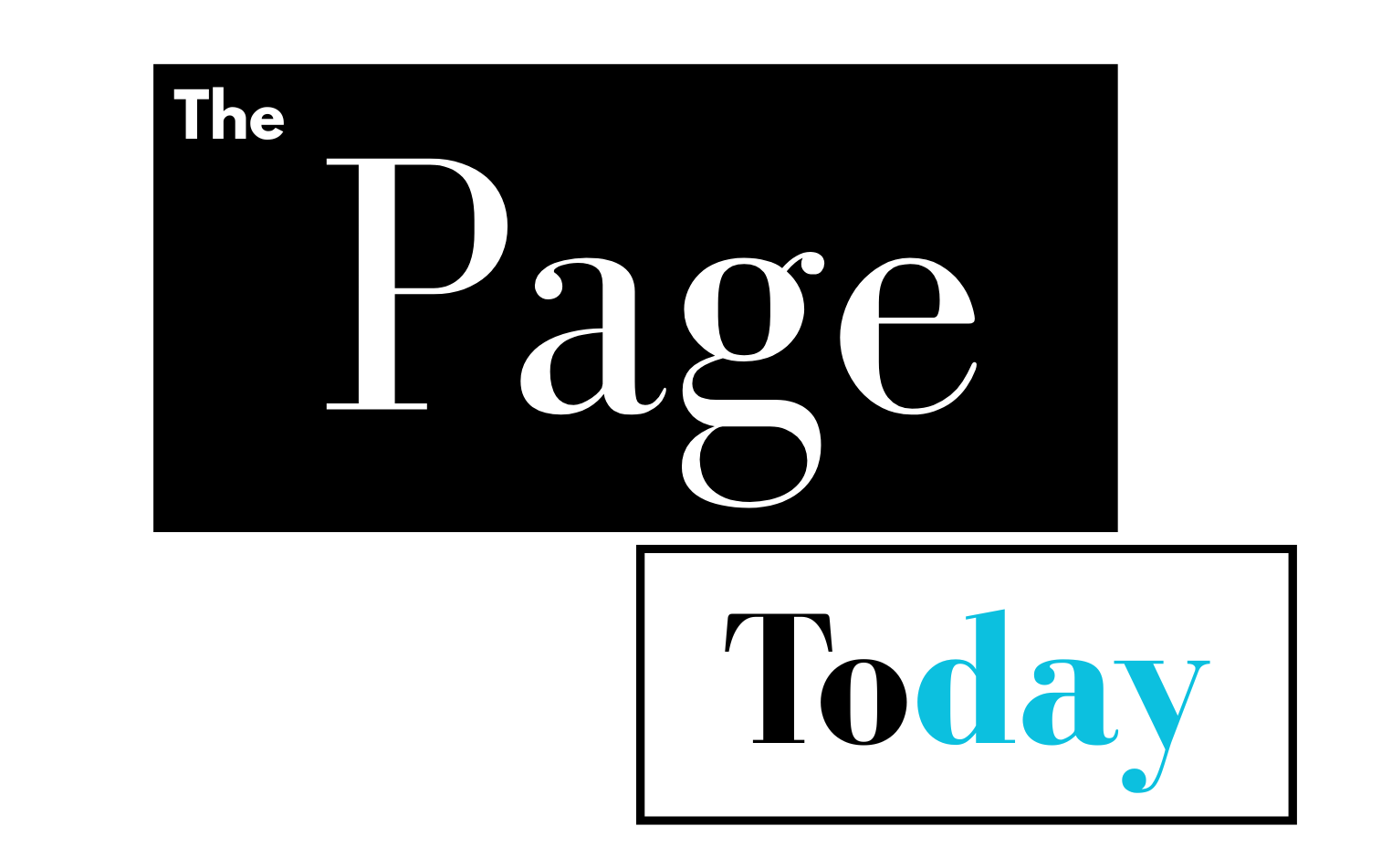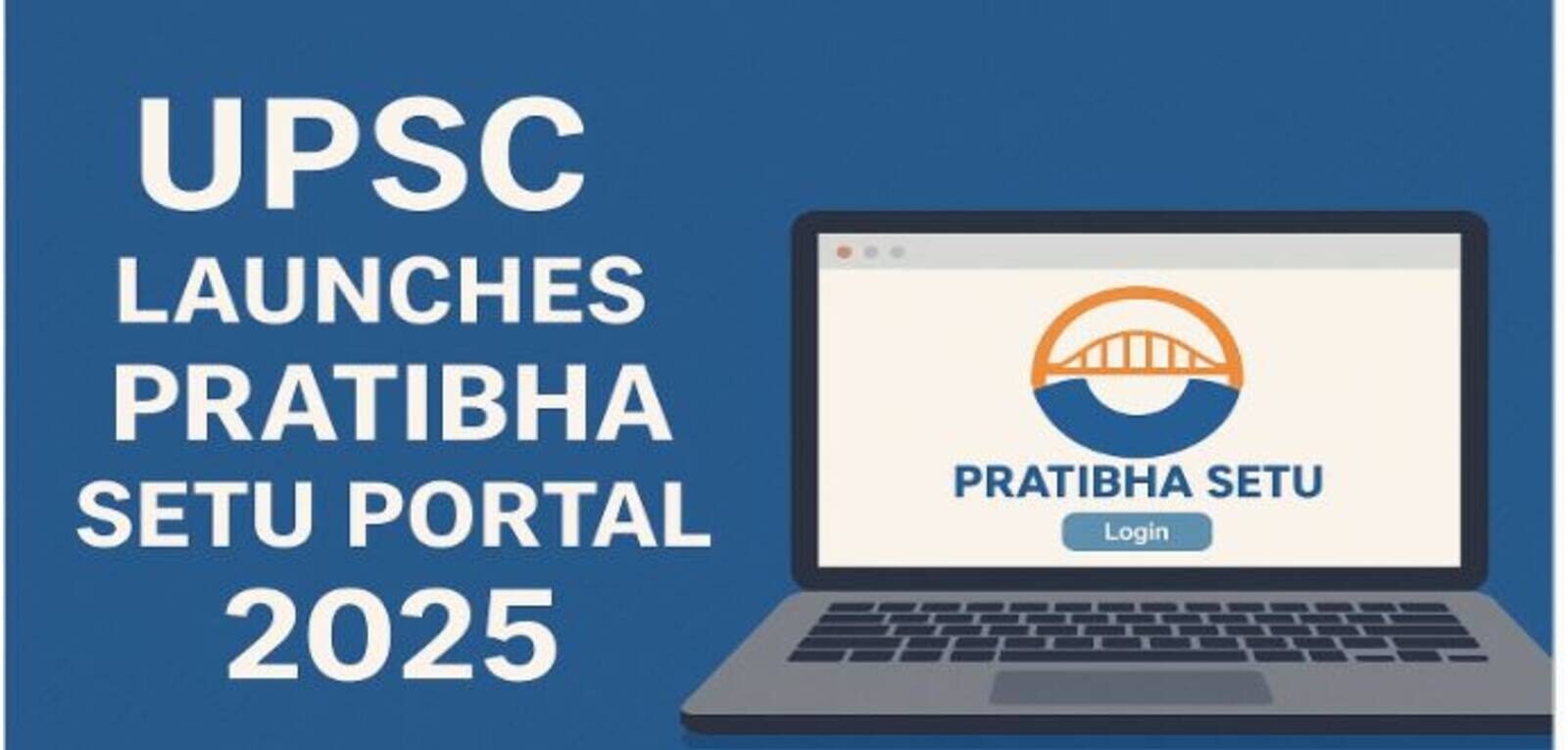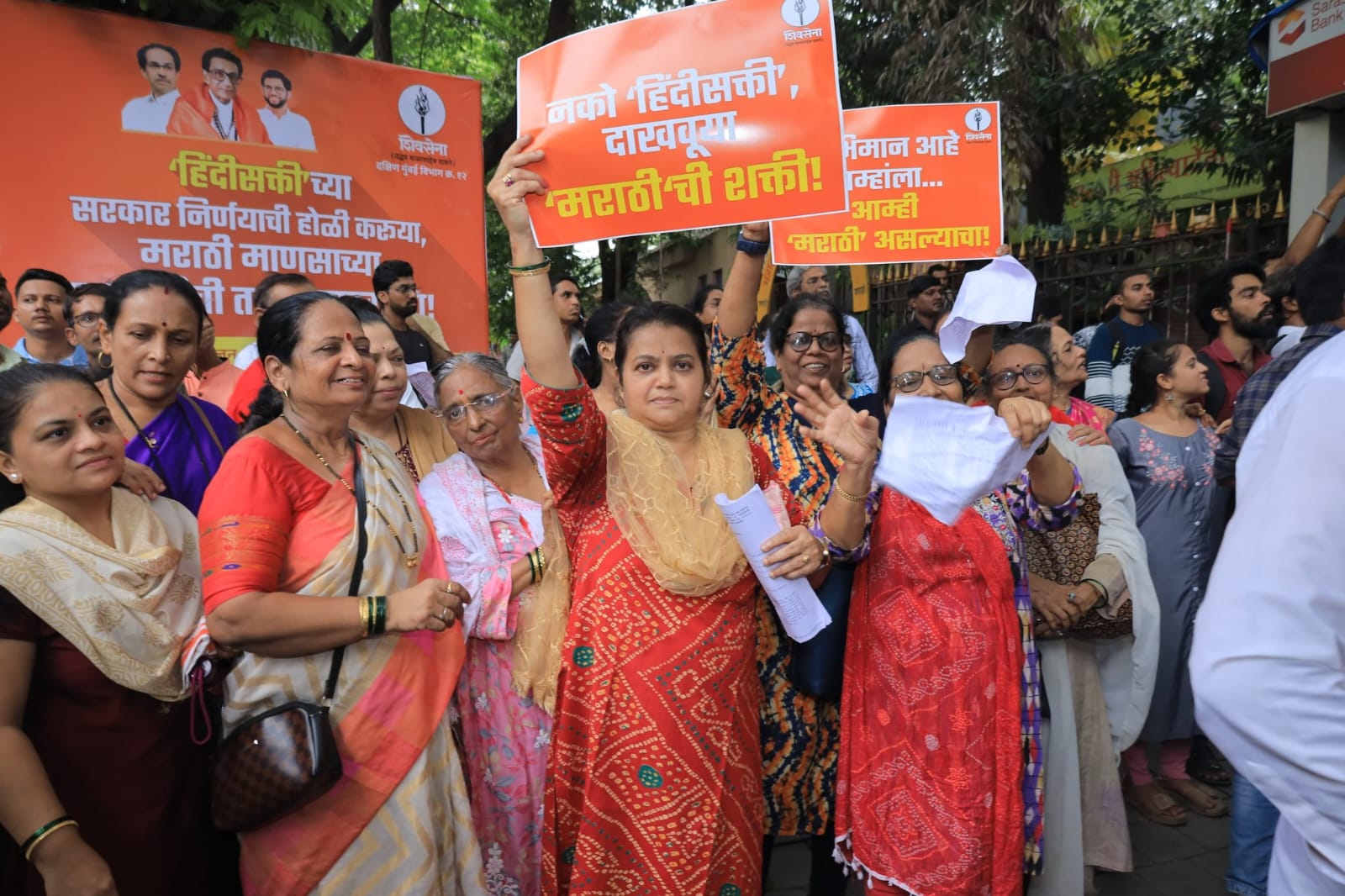22 June 2025
The Union Public Service Commission (UPSC) finds itself at the center of a transformative yet contentious moment with the launch of its latest initiative, UPSC PRATIBHA SeTU. Unveiled on June 19, 2025, by UPSC Chairman Ajay Kumar, this platform aims to connect highly qualified aspirants who cleared the preliminary examinations but missed the final merit list with verified employers. Touted as a “second gateway” for talent utilization, the initiative has sparked both hope and debate among aspirants and stakeholders.
The UPSC PRATIBHA SeTU, which stands for Professional Resource And Talent Integration – Bridge for Hiring Aspirants, was officially introduced via a post on X by Ajay Kumar (@drajaykumar_ias)
on June 19, 2025. The initiative builds on the foundation of the earlier Public Disclosure Scheme (PDS), launched in 2018, and seeks to address the employment gap for the approximately 10,000 candidates who clear the prelims but do not advance to the final selection out of a staggering 10 lakh annual applicants. With only 800-1000 candidates making the final cut off list, equating to a success rate of just 0.03%. PRATIBHA SeTU offers a lifeline to the brightest minds who fall short of this elite threshold.
The platform operates through a secure portal where employers, including government ministries, public sector undertakings (PSUs), autonomous bodies, and private firms, can access the biodata, educational qualifications, and contact details of willing candidates. This initiative covers a wide array of UPSC examinations, including Civil Services, Engineering Services, Indian Forest Service, and others, creating a data bank of over 10,000 profiles. The voluntary nature of participation ensures candidates consent to having their information shared, marking a shift towards empowering aspirants with alternative career pathways.
The launch of PRATIBHA SeTU is a recognition of the immense talent pool that emerges from the UPSC process but remains untapped due to its highly competitive nature. Employers gain access to candidates with exceptional analytical skills, discipline, and knowledge—qualities refined through years of preparation—potentially enriching sectors beyond civil services.
For aspirants, this “second gateway” offers a chance to transition into meaningful roles without starting afresh, addressing a gap identified in a 2023 parliamentary report that called for alternative employment opportunities for non-selected candidates.
Despite its promise, PRATIBHA SeTU has not escaped scrutiny, with a wave of criticism emerging on X shortly after its announcement. Aspirants and commentators have voiced concerns over the lack of transparency in the UPSC process, particularly the delay in releasing answer keys post-prelims.
A comparative analysis reveals the initiative’s growth:
Public Disclosure Scheme (2018): Focused on specific exams with limited employer access.
PRATIBHA SeTU (2025): Covers multiple exams, includes over 10,000 candidates, and engages private employers via a secure portal.
Yet, the debate over transparency suggests that while PRATIBHA SeTU opens doors, it must be accompanied by reforms to rebuild trust. The UPSC’s willingness to act on parliamentary suggestions, such as timely answer key releases, will be critical in the coming months.
As of now, UPSC PRATIBHA SeTU stands as a beacon of hope for thousands of aspirants, offering a bridge to employment where the civil services dream ends. Its ability to connect India’s brightest minds with diverse opportunities is commendable, reflecting a forward-thinking approach to talent management. However, the initiative’s long-term success will depend on addressing the transparency concerns raised by the aspirant community on platforms like X and in parliamentary discussions. As the UPSC navigates this dual mandate of innovation and accountability, PRATIBHA SeTU could evolve into a model for talent integration—or a reminder that systemic reform is the true path to fairness. The coming weeks will reveal whether this initiative marks a new dawn or a call for deeper change.



